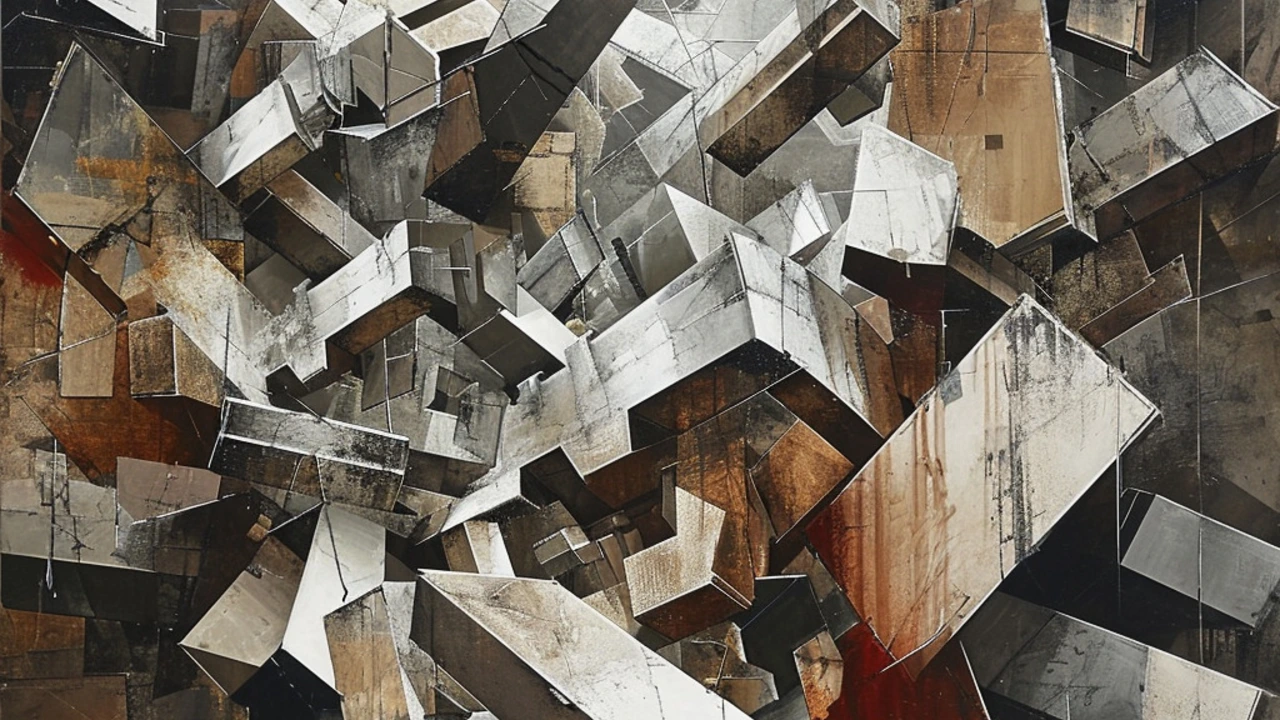Architectural Innovation: Ideas That Changed How We Build
A Roman concrete recipe survived for millennia — and that’s just one example of how bold ideas in architecture change lives. This tag collects stories about those breakthroughs: ancient engineering that still matters, revival styles that reshaped cities, and modern moves that challenge how buildings look and work.
You’ll find pieces on Ancient Roman feats and hidden gems that explain practical tricks like arches and aqueducts. There are deep dives into Byzantine domes and mosaics, Gothic Revival’s dramatic forms, Beaux-Arts grandeur, and why Georgian and Greek Revival shaped entire neighborhoods. Each article looks at what made a style innovative when it began and how those choices still influence design today.
What to look for when spotting innovation
Start with function. Many breakthroughs began as answers to real problems: move water, span space, or house more people. Notice materials—concrete, iron, steel, or new composites—because a new material often sparks new forms. Watch how architects mix styles: revival movements reused old ideas with fresh methods, while postmodern designers added humor and color to buildings that used to be very serious. Even minimalism in tech and design shows innovation by cutting away the unnecessary to improve use.
Also pay attention to context. Innovations often respond to social or economic shifts. Renaissance palaces announced power; factory cities demanded efficiency; modern preservation efforts combine old beauty with new safety rules. If a building or movement changed how people lived, worked, or worshipped, it was probably innovative.
How to use these ideas in your projects
If you’re renovating or designing, borrow one clear lesson from history: solve the problem first, decorate second. Use durable materials where they matter and let form follow function. Want character? Try a revival detail—columns, arches, or stained glass—but keep modern systems behind the scenes so your space works for today.
For small projects, pick one bold move: a dramatic window inspired by Gothic light, a curved wall hinting at Byzantine domes, or a stripped-back palette from minimalism. For bigger projects, think about how public spaces shape behavior: Beaux-Arts plazas invite ceremony; functionalist layouts ease movement. Preservation pieces in this tag also show how to balance old fabric with modern needs—practical tips for insulation, structural reinforcement, and respectful restoration.
If you like learning by traveling, the tag points out both famous landmarks and quieter, lesser-known gems. Read about Roman hidden sites, Gothic spires off the tourist map, and postmodern buildings that make people stop and stare. Each article is meant to help you spot the smart choices architects made and to give simple, usable ideas you can apply in your own space.
Want a quick tip: when you see a building that feels both useful and beautiful, ask what problem it solved. That answer will tell you why it mattered then—and why it still matters now.

Exploring the Architectural Brilliance of Ancient Rome
Dive into the inventive world of Ancient Roman architecture to uncover the ingenuity behind their building techniques and designs. From the awe-inspiring Colosseum to the ingenious aqueducts, this article reveals how the Romans were not just builders but visionaries. It explores the legacy they left in the architectural domain, demonstrating their influence on modern buildings. Get ready to be mesmerized by the genius of Roman architecture and its impact on the world.
Read more
Revolutionizing Architecture: The Role of Deconstructivism
Hey there, my architectural aficionados! It's time to shake up those gray cells with some groundbreaking, mind-bending stuff called - wait for it - Deconstructivism! This is not your grandma's architecture, folks. It's a bold, rule-breaking rebel, tearing down the traditional norms and ideals of architecture to create structures that literally defy gravity and blow the socks off expectations. From Frank Gehry's dancing house in Prague to Zaha Hadid's dynamic designs, deconstructivism is the rockstar of the architectural world, twisting and turning our perception of space, function, and form. And let me tell you, it's as exciting as a rollercoaster ride on Mars. Totally worth exploring, right? Buckle up, and let's dive into this architectural adventure together!
Read more